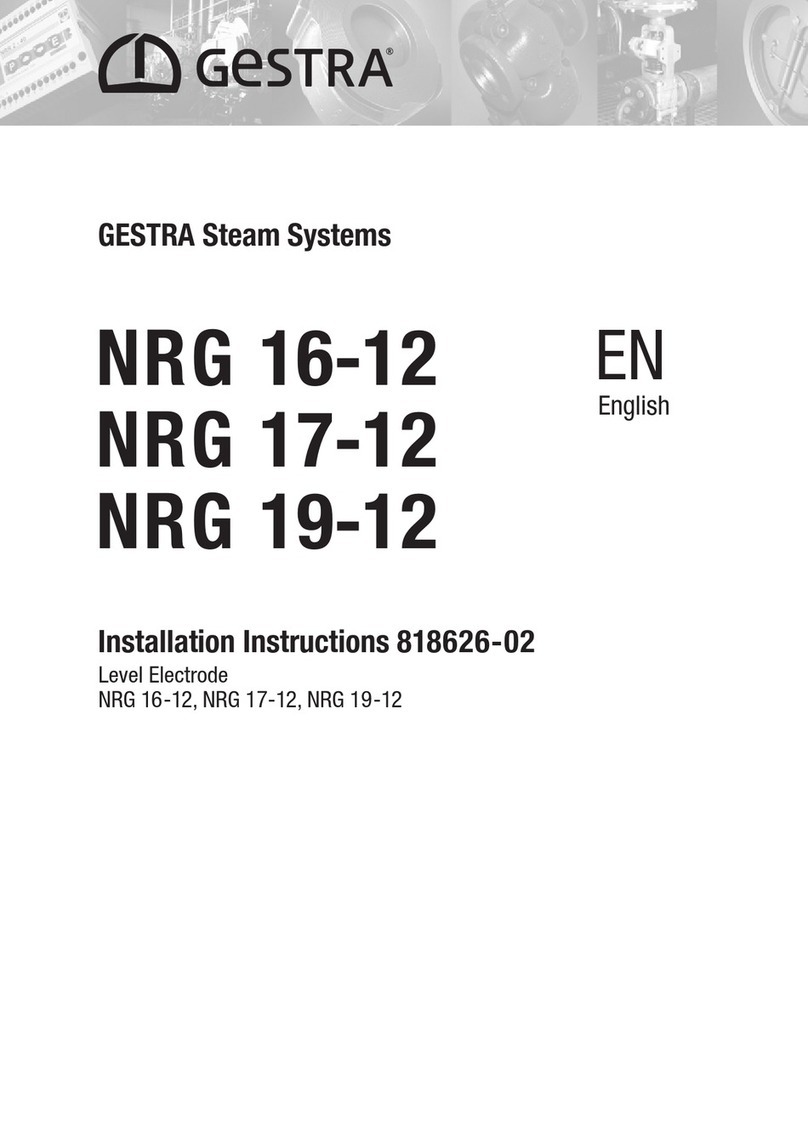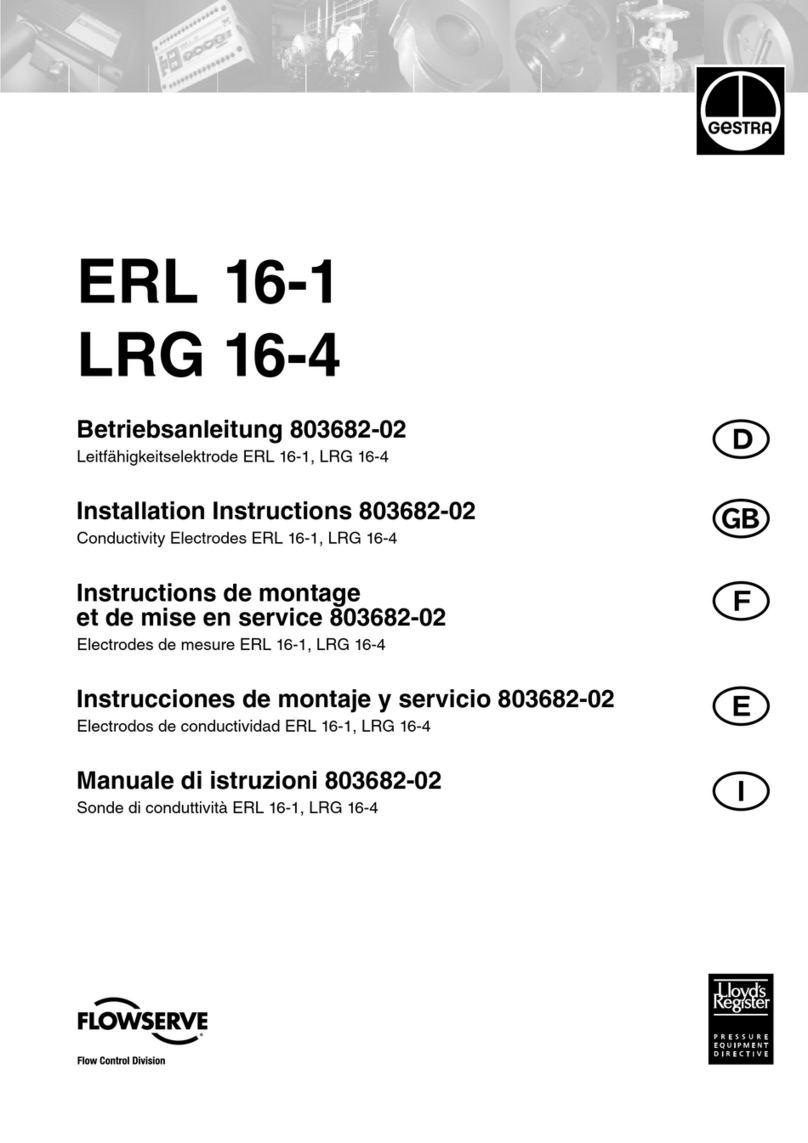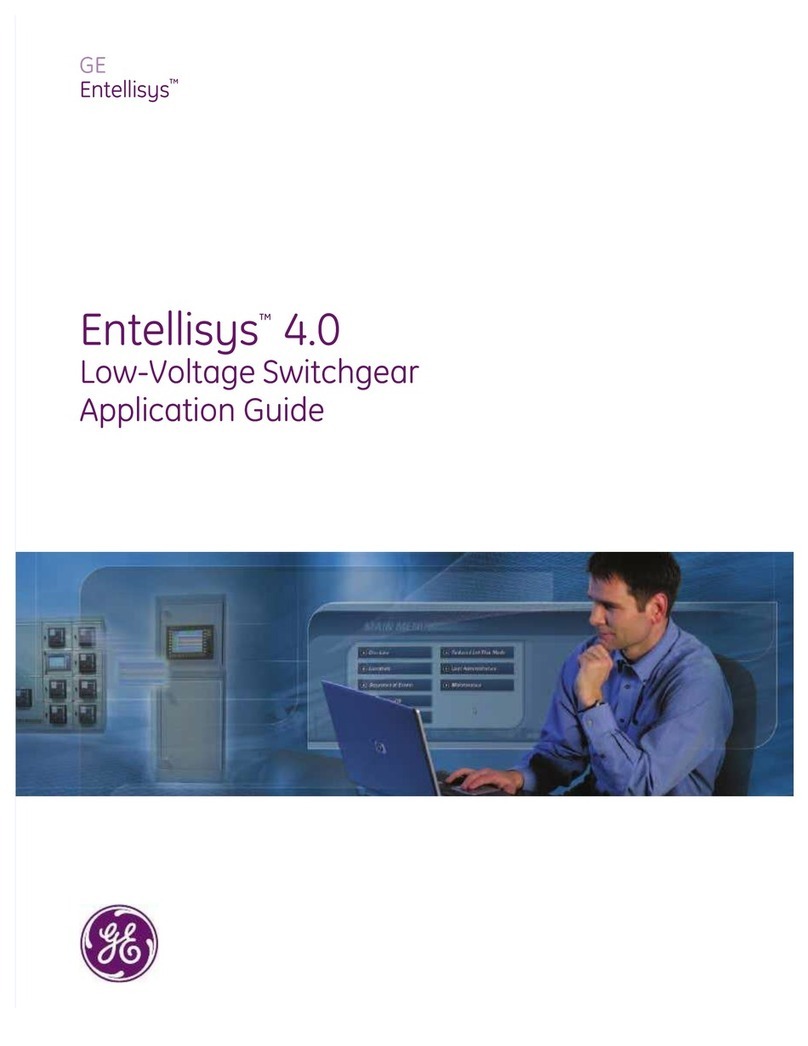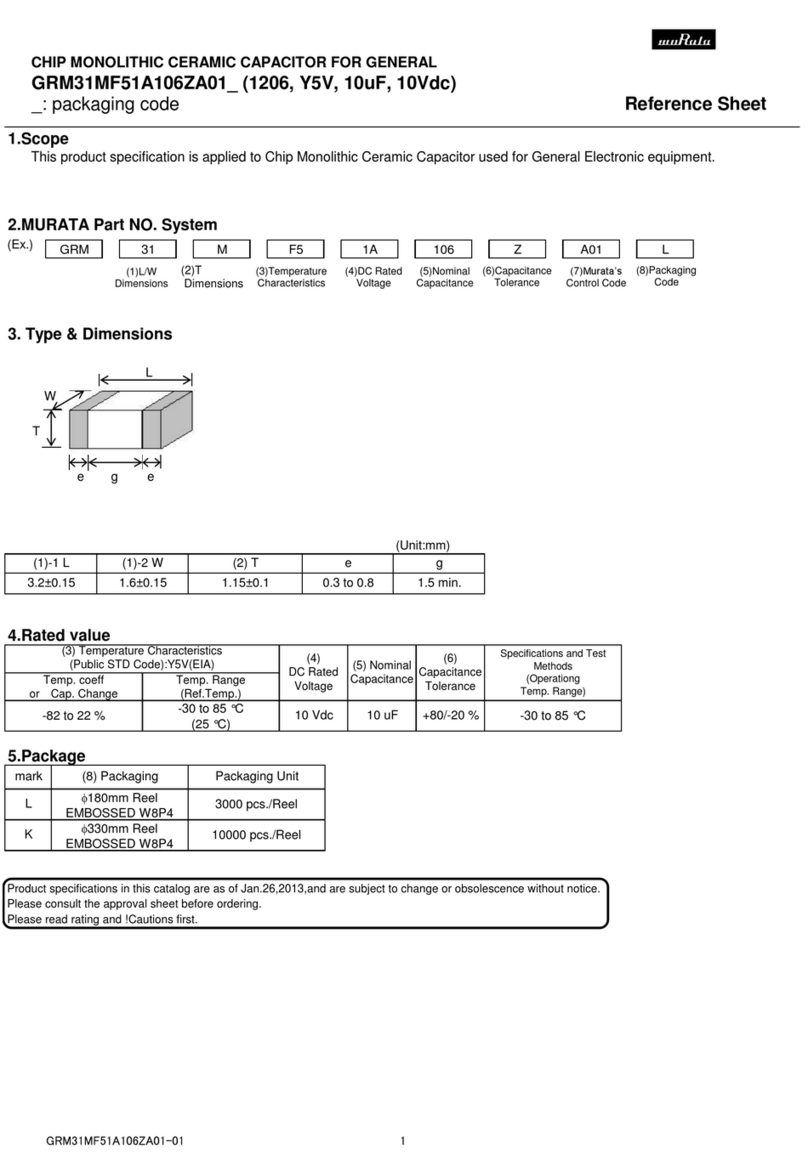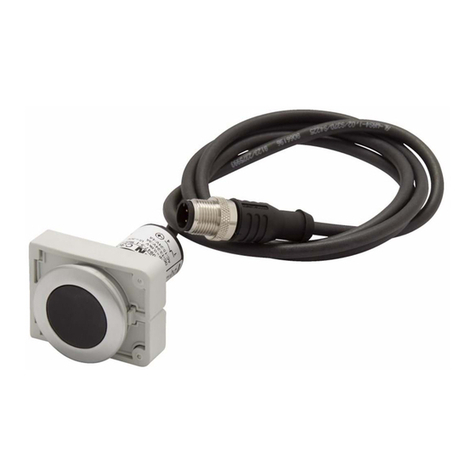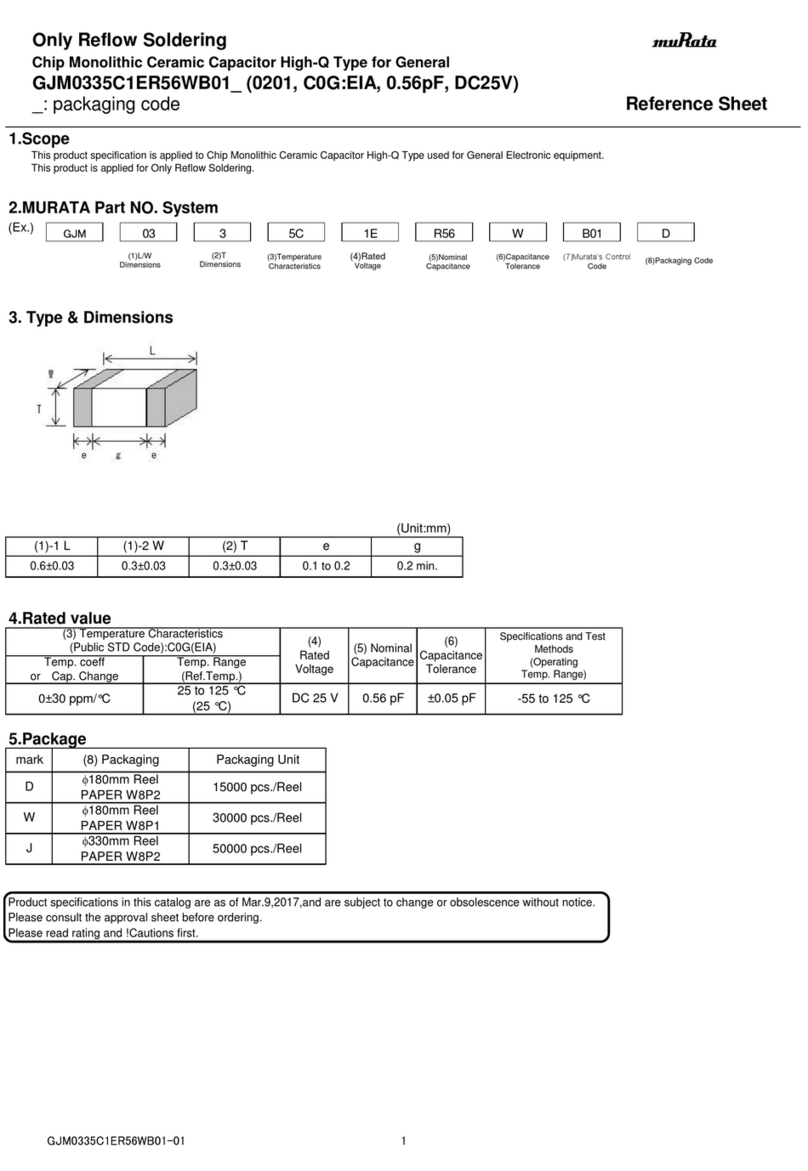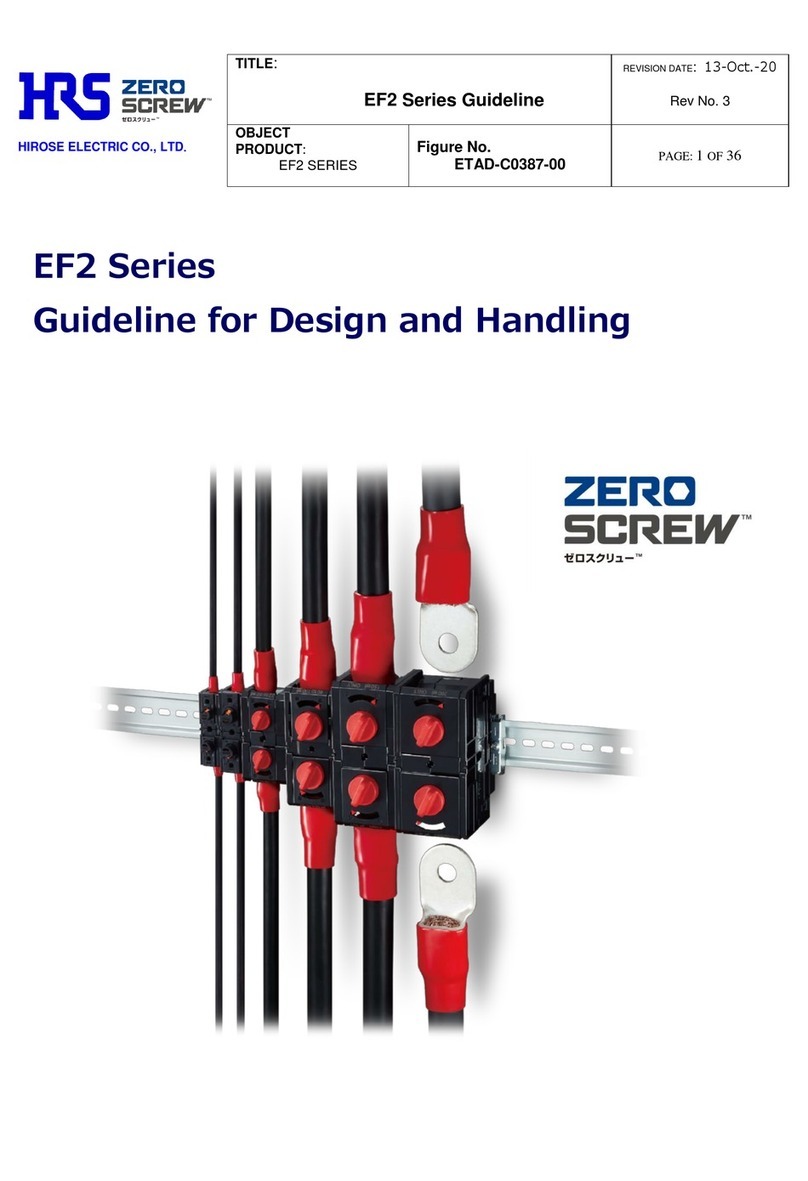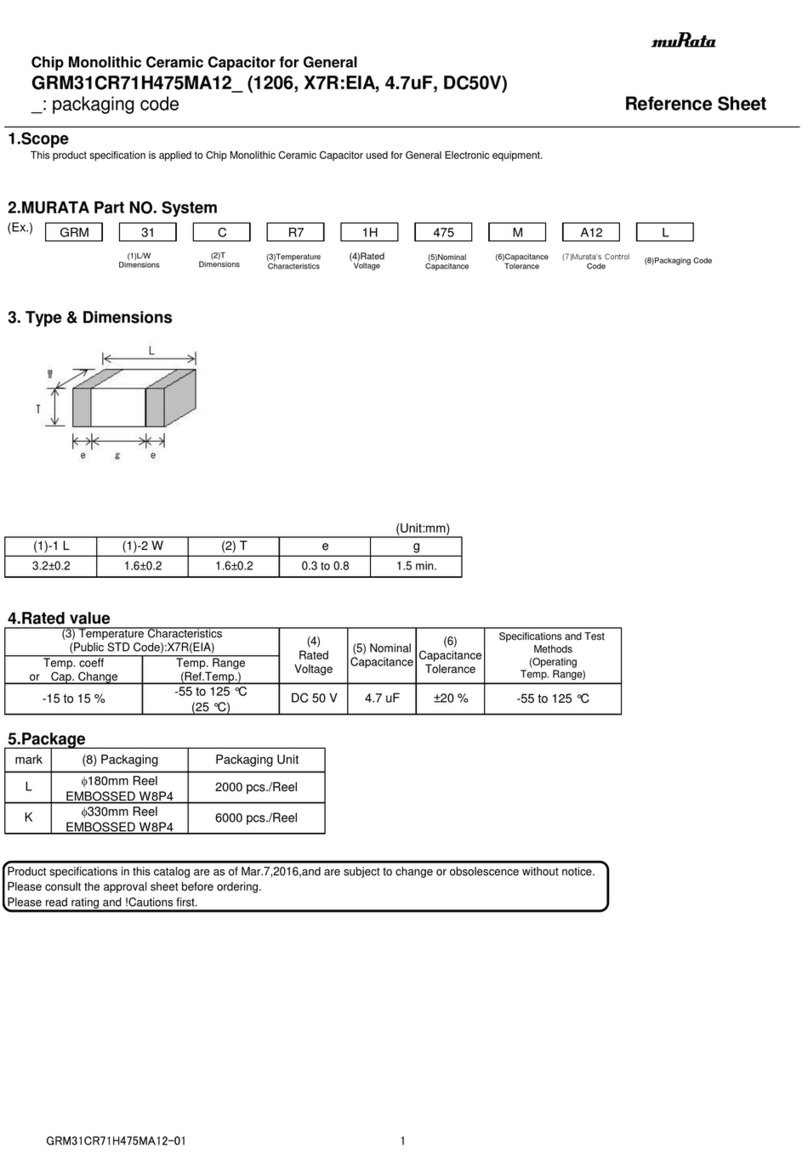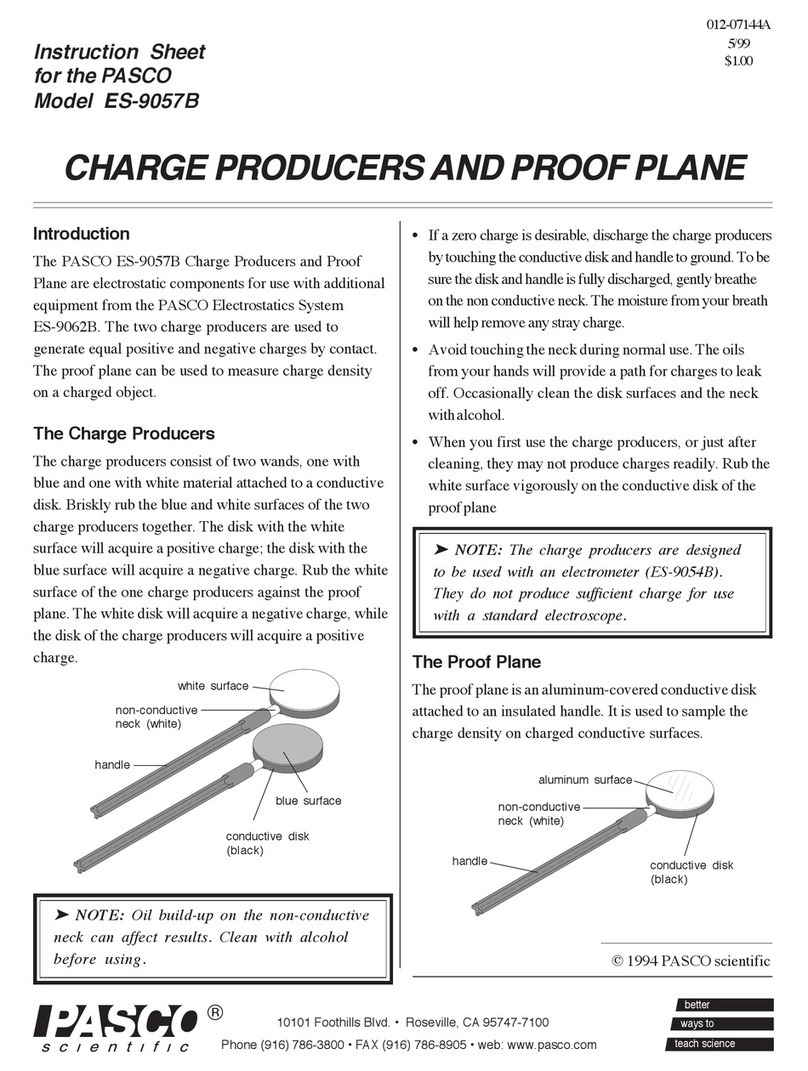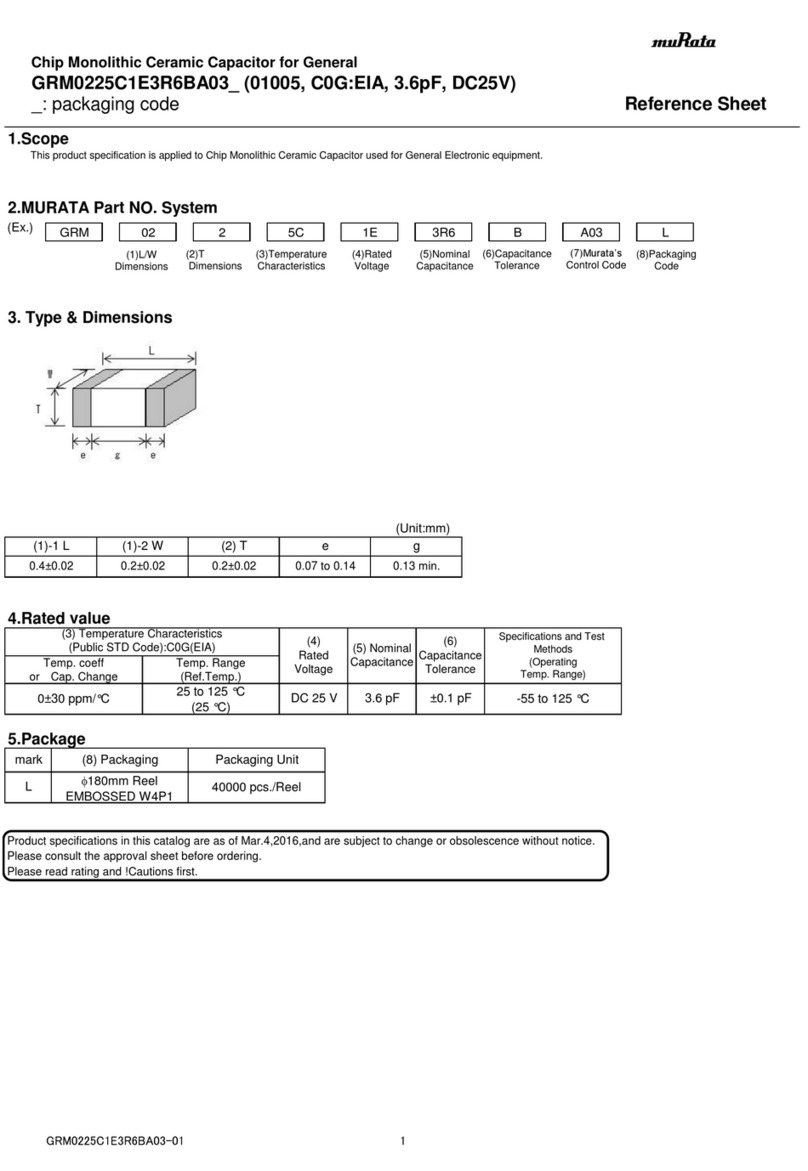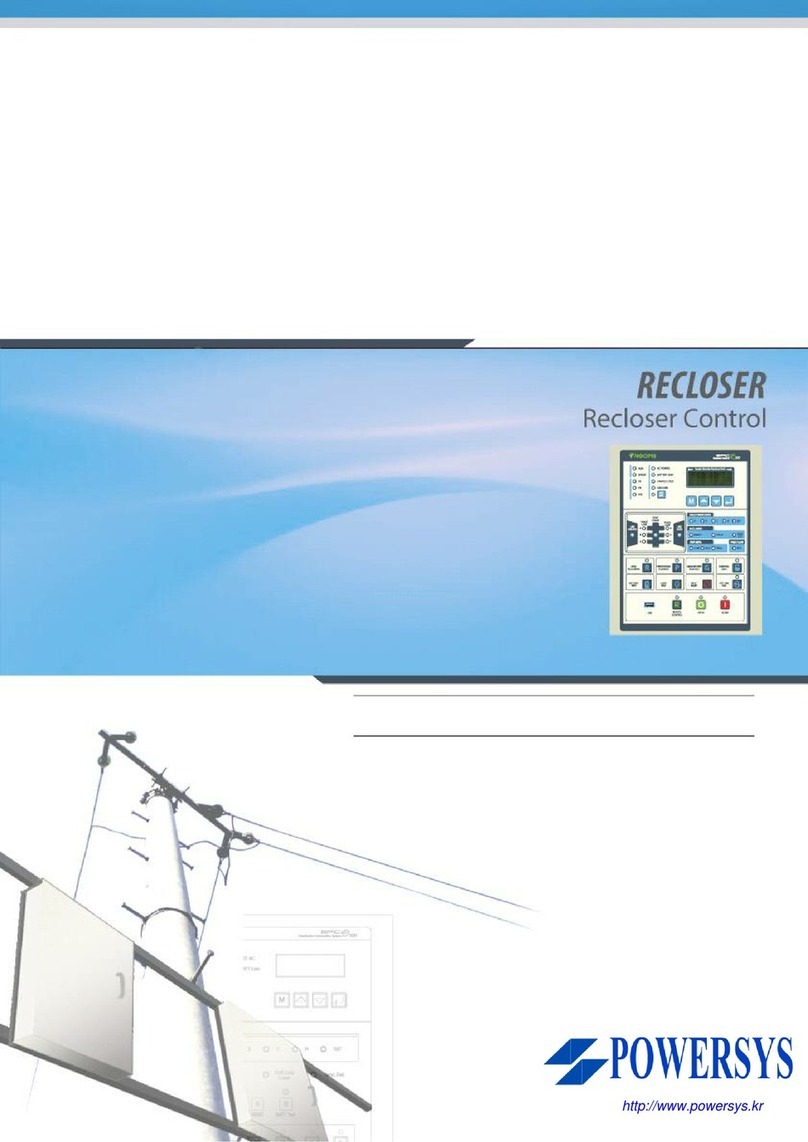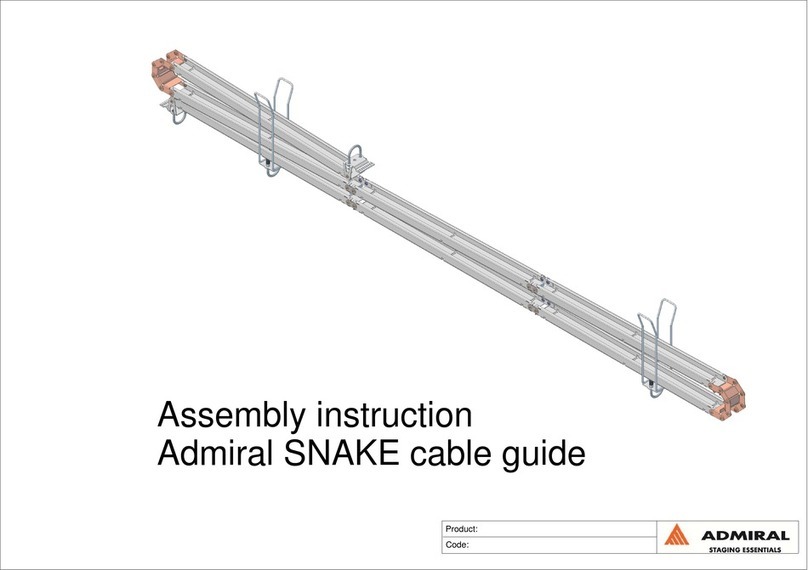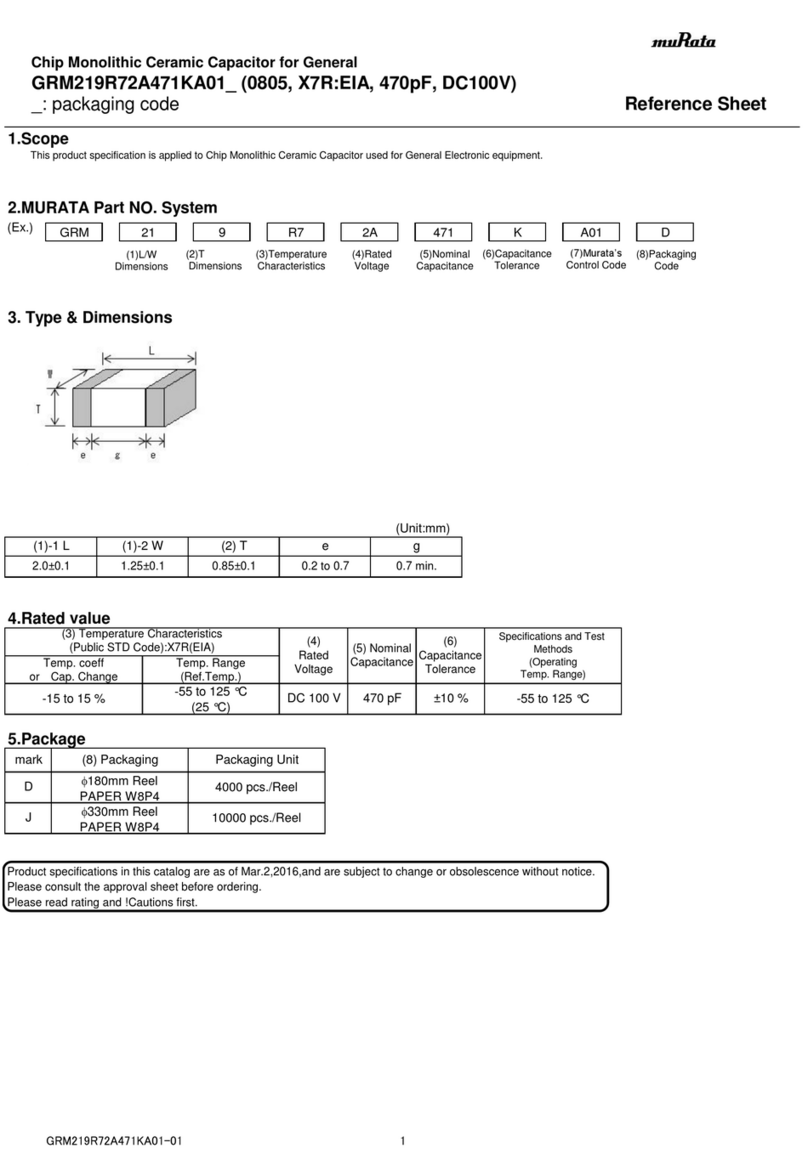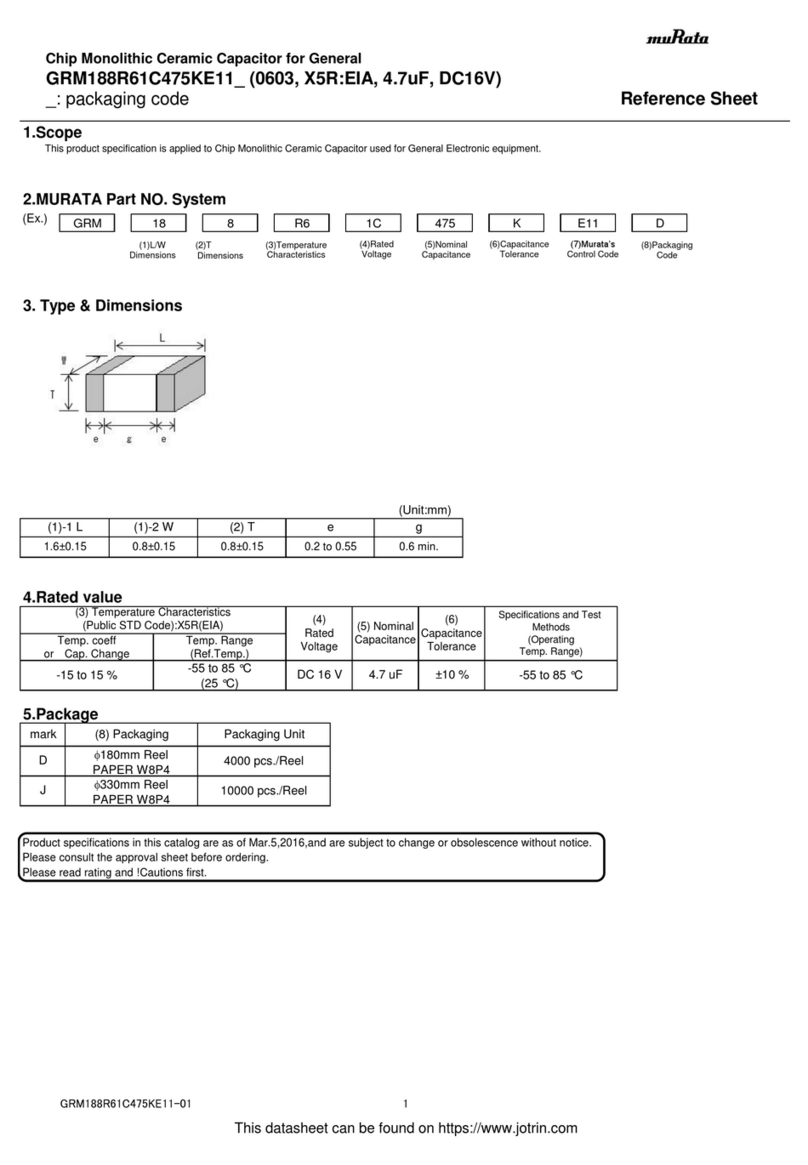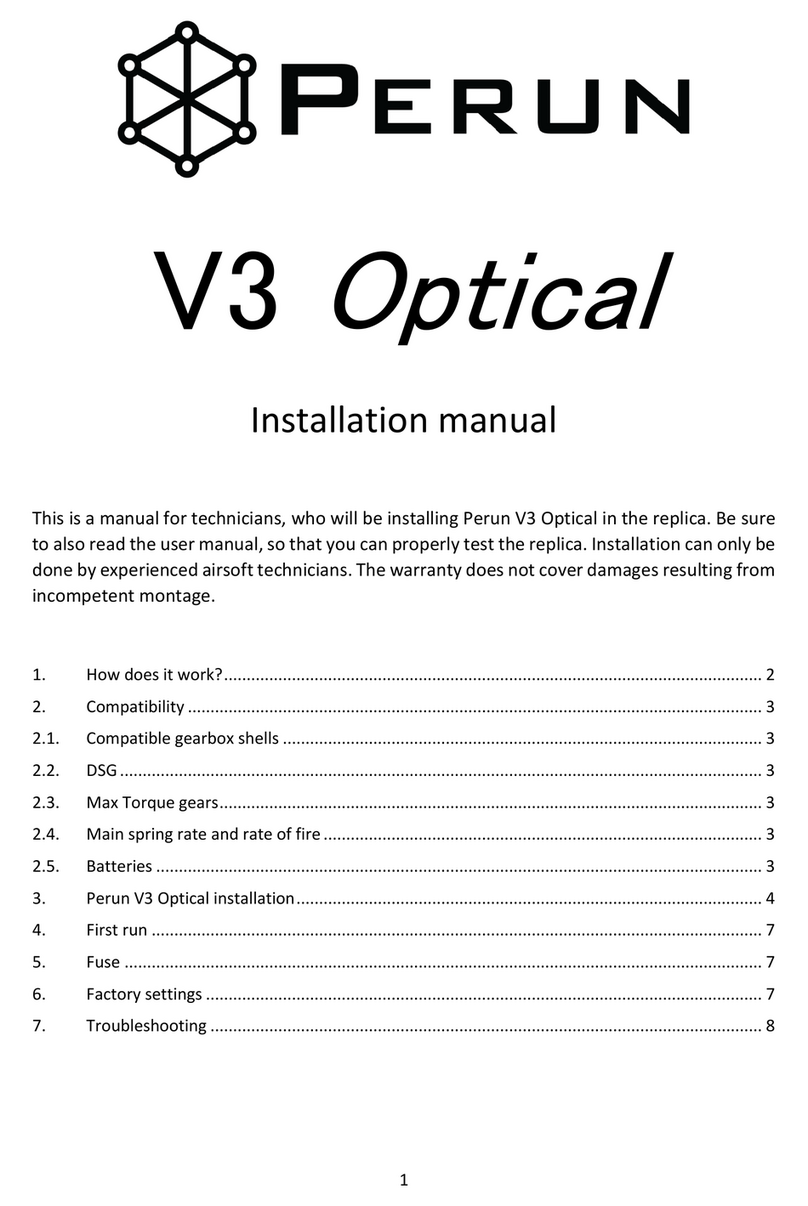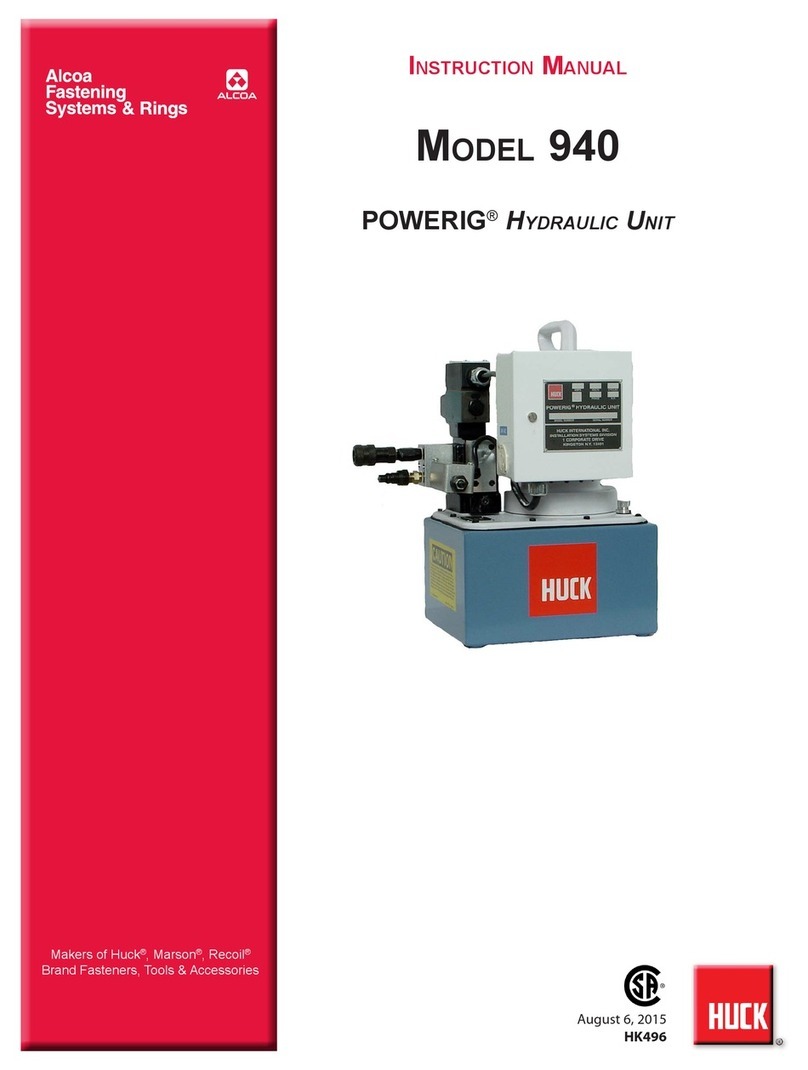GESTRA NRG 211 User manual

1
EN
English
Niveauelektrode
Level Electrode
NRG 211
Original Installation Instructions
808921-00
DE
Deutsch
Original-Betriebsanleitung
808921-00

2
Wichtige Hinweise - Important notes
Sicherheitshinweis - Safety note
Diese Reparaturanweisung wurde für Gestra-Monteure erstellt.
These repair instructions were compiled for Gestra fitters.
Ersatzteile - Spare parts
1. 1 x Oberes Verkleidungsrohr + Litze
2. 12 x Blindniet 3,2X6,4
3. 1 x Schild „NICHT BETRETEN“
4. 1 x Mittlerer Adapter
5. 1 x Silikon
6. 1 x Schlauch PTFE, 90mm lang
7. 1 x Litze, schwarz mit Öse
8. 1 x Transportschraube, Kunststoff
9. 1 x Oberer Adapter mit Mutter und Dichtung
10. 1 x Lötöse
11. 1 x Scheibe
1. 1 x Upper cover tube + lead
2. 12 x Pop rivet 3.2X6.4
3. 1 x “DO NOT ENTER” label
4. 1 x Central adapter
5. 1 x Silicone
6. 1 x PTFE tube, 90 mm long
7. 1 x Lead, black with tag
8. 1 x Transport screw, plastic
9. 1 x Upper adapter with nut and seal
10. 1 x Solder tag
11. 1 x Washer
Benötigte Werkzeuge - Required tools
Bohrmaschine
Bohrer ∅ 3,3mm
Schraubendreher
Nietzange (für Blindnieten)
Splinttreiber ∅3mm
Hammer
Kunststoffhammer
Wasserpumpenzange
Messmittel, z.B. Gliedermaßstab
Spitzzange
Lötkolben
Steckschlüssel Größe 19
Kartuschenpresse für Silikon
Multimeter
Isolationstester
Electric drill
Drill bit ∅3.3 mm
Screwdriver
Hand riveter (for pop rivets)
Pin punch ∅3 mm
Hammer
Plastic hammer
Water pump pliers
Measuring instruments, e.g. folding ruler
Needle-nose pliers
Soldering iron
Size 19 socket wrench
Cartridge gun for silicone
Multimeter
Insulation tester

3
Demontage - Disassembly
1. Deckelschrauben des Elektronikgehäuses (im folgenden E-Gehäuse) lösen, danach öffnen.
Unscrew the screws from the lid of the electronics housing, then open the
housing.
Bild 1 Bild 2
2. Alle Litzenstecker von der Platine abziehen.
Remove all lead connectors from the circuit
board.
Bild 3

4
Demontage - Disassembly Fortsetzung - continued
3. Platinenschrauben lösen, Platine entfernen.
Unscrew the circuit board screws and remove the circuit board.
Bild 4 Bild 5
4. Schwarze (Masse-)Litze abschrauben, Lötöse ablöten (nicht abschneiden!).
Unscrew the black (earth) lead, unsolder (do not cut!) the solder tag.
Bild 6 Bild 7
Befestigungsschraube und Unterlegscheiben werden später wieder benötigt.
Unscrew the black (earth) lead, unsolder (do not cut!) the solder tag.

5
Demontage - Disassembly Fortsetzung - continued
Bild 8 Bild 9
5. Nieten des oberen Verkleidungsrohres mit einem Bohrer (∅ 5 mm) aufbohren. Es muss so tief
gebohrt werden, bis der Kopf des Niets ab ist bzw. am Bohrer hängt.
Using a ∅5 mm drill bit, drill into the rivets of the upper cover tube. Keep drilling until the head of
the rivet comes off or is stuck to the drill.
6. Nieten mit einem Splinttreiber ∅ 3mm ca.
3 mm tief in das Verkleidungsrohr schlagen.
Using a ø 3 mm pin punch, knock the rivets
into the cover tube to a depth of approx.
3 mm.
Bild 10
Bild 11
7. Elektrode am Flanschschutzrohr einspannen.
Clamp the electrode on the protective tube of
the flange.

6
Demontage - Disassembly Fortsetzung - continued
Bild 12 Bild 13
8. Mit einem Kunststoffhammer leicht gegen das E-Gehäuse schlagen, bis das obere Verkleidungs-
rohr mit dem E-Gehäuse von der Elektrode gelöst ist.
Using a plastic hammer, knock the electronics housing gently until the upper cover tube with
electronics housing is detached from the electrode.
Bild 14 Bild 15
9. Litzen einzeln durch das E-Gehäuse ziehen.
Pull the leads one by one through the electronics housing.

7
Bild 18
Bild 19
Demontage - Disassembly Fortsetzung - continued
Bild 16 Bild 17
10. Silikon vorsichtig aus dem Adapter, von den Litzen (Litzenisolierungen nicht beschädigen und
nicht an diesen ziehen) und von dem Temperaturfühler lösen.
Carefully detach silicone from inside the adapter, from the leads (taking care not to damage or
pull on the lead insulation) and from the temperature sensor.
11. Temperaturfühler (wird wieder benötigt) aus
dem Adapter herausziehen und restliches
Silikon entfernen.
Pull the temperature sensor (needed again
later) out of the adapter and remove the
remaining silicone.
12. Schutztülle abziehen. (wird wieder benötigt)
Pull off the protective sleeve (needed again
later).

8
Demontage - Disassembly Fortsetzung - continued
Bild 20
Bild 22
13. Die Nieten wie bei Punkt 5. beschrieben
aufbohren.
Drill into the rivets as described in point 5.
Bild 21
14. Elektrode am unteren Verkleidungsrohr
einspannen und die Nieten wie bei Punkt 6.
beschrieben entfernen.
Clamp the electrode on the lower cover
tube and remove the rivets as described in
point 6.
15. Elektrode am Flanschschutzrohr
einspannen.
Clamp the electrode on the protective tube
of the flange.

9
Demontage - Disassembly Fortsetzung - continued
Bild 23 Bild 24
16. Mittleren Adapter mir einer Zange unter leichter Drehbewegung lockern, bis die Nieten nicht
mehr durch die Bohrungen im Verkleidungsrohr zu sehen sind. Danach den Adapter mit geringen
Drehbewegungen unter Aufbringung einer seitlichen Kraft entfernen.
Using pliers, loosen the central adapter by rotating slightly, until the rivets are no longer visible
through the holes in the cover tube. Next, remove the adapter by turning to and fro slightly and
applying force from the side.

10
Montage - Assembly Fortsetzung - continued
Bild 25
1. Vor der Montage des neuen Adapters ist
folgendes zu überprüfen:
Durch die seitliche Bohrung des Verklei-
dungsrohres ist eine Sichtkontrolle des
kleinen Keramikrohres vorzunehmen.
Ist das Rohr nicht mehr sichtbar oder be-
schädigt, muss die Elektrode zur Reparatur
zur Gestra AG eingeschickt werden.
Check the following before installing the
new adapter:
Visually inspect the small ceramic tube
through the hole in the side of the cover
tube. If the tube is no longer visible or is
damaged, the electrode must be sent to
Gestra AG for repair.
Keramikrohr
Ceramic tube
Bild 26
Bild 27
2. Wenn sich die schwarze Masselitze kom-
plett vom Verkleidungsrohr gelöst hat, dann
muss mittels Blindniet (Ersatzteil Nr. 2) eine
Scheibe (Ersatzteil Nr. 12) und eine neue
Litze (Ersatzteil Nr. 7) montiert werden:
In das Verkleidungsrohr 40 mm vom oberen
Rand (90° versetzt zu den großen Bohrun-
gen) eine Bohrung ø3,3mm einbringen.
If the black earth lead is completely deta-
ched from the cover tube, use a pop rivet
(spare part no. 2) to fit a washer (spare part
no. 12) and a new lead (spare part no. 7):
Drill a ø 3.3 mm hole in the cover tube,
40 mm from the upper edge (and at 90° to
the large holes).

11
Montage - Assembly Fortsetzung - continued
Sollten Bohrspäne ins Innere des Verkleidungs-
rohres gelangt sein, so müssen diese entfernt
werden.
If any borings get inside the cover tube, they must
be removed.
Bild 28
Bild 29
Ersatzteil Nr.7
Spare part no. 7

12
3. Danach den Niet (Ersatzteil Nr.2) von außen durch die Bohrung stecken, die Öse (Ersatzteil Nr.7)
mit der Litze und dann die Scheibe (Ersatzteil Nr.11) im Inneren des Rohres über den Niet ziehen
und vernieten.
Next, insert the rivet (spare part no.2 ) into the hole from the outside, and pull the tag with lead
(spare part no. 7) and then the washer (spare part no. 11) inside the tube over the rivet, and rivet
in place.
Bild 32
Montage - Assembly Fortsetzung - continued
Bild 30 Bild 31
Bild 33
Bild 34
4. PTFE-Schlauch (Ersatzteil Nr.6) über den
Temperaturfühler ziehen.
Pull the PTFE tube (spare part no. 6) over the
temperature sensor.
Ersatzteil Nr. 6
Spare part no. 6

13
Montage - Assembly Fortsetzung - continued
5. Den Temperaturfühler in die entsprechende Bohrung des Flansches einführen, den Schlauch
bis zum Anschlag in Richtung Flansch schieben. Temperaturfühler ohne den Schlauch wieder
entfernen.
Insert the temperature sensor in the correct hole in the flange, and pull the tube towards the
flange as far as it will go. Remove the temperature sensor again without the tube.
Bild 35 Bild 36
Bild 37 Bild 38
6. Kunststoff-Ventilsicherungsschraube (Ersatzteil Nr. 8) vor der weiteren Montage der Elektrode in
das untere Verkleidungsrohr einschrauben. (Hierdurch wird der innen liegende Messstab gesi-
chert und für die Endmontage der Elektrode fixiert)
Before further steps to install the electrode, screw the plastic-screw (spare part no. 8) into the
lower cover tube. (This secures the interior measuring rod and fixes it in place for final installation
of the electrode.)

14
Montage - Assembly Fortsetzung - continued
Bild 39 Bild 40
7. Temperaturfühler durch den neuen mittleren Adapter (Ersatzteil Nr.4) stecken, Einschubrichtung
beachten.
Push the temperature sensor into the new central adapter (spare part no. 4), taking care to push
it in the right direction.
Bild 41
8. Das mittlere dicke Kabel der Elektrode durch die Mittelbohrung, die schwarze Litze vom Verklei-
dungsrohr in die Bohrung, die gegenüber dem Temperaturfühler liegt, durch den Adapter führen.
Insert the medium thick electrode cable into the central hole of the adapter. Then insert the black
lead from the cover tube into the hole in the adapter that is opposite the temperature sensor.

15
Montage - Assembly Fortsetzung - continued
Bild 42
Bild 43
9. Temperaturfühler bis zum Anschlag durch
den vorher positionierten Schlauch in den
Flansch schieben.
Push the temperature sensor through the
already positioned tube into the flange as
far as it will go.
10. Mittleren Adapter so in das Verkleidungsrohr schieben, dass die Markierungen mit den Boh-
rungsmittelpunkten fluchten.
Push the central adapter into the cover tube in such a way that the markings are aligned with
the hole centres.
Bild 44 Bild 45

16
Montage - Assembly Fortsetzung - continued
Bild 46 Bild 47
11. Mit einem Kunststoffhammer den Adapter vorsichtig bis zum Anschlag in das Verkleidungsrohr
schlagen (Markierung und Bohrungsmittelpunkte noch einmal kontrollieren).
Using a plastic hammer, carefully knock the adapter into the cover tube as far as it will go
(check the marking and hole centres once more).
Markierung
Marking
Bohrungsmittelpunkt
Hole centre
Bild 48
12. Das mittlere Kabel so drehen, dass der
Litzenanschluss vom Temperaturfühler weg
zeigt. Dies ist durch die Bohrung des Ver-
kleidungsrohres zu sehen.
Rotate the central cable so that the lead
connection faces away from the temperatu-
re sensor. You can see this through the hole
in the cover tube.
Temperaturfühler
Temperature sensor
Litzenanschluss
Lead connection

17
Montage - Assembly Fortsetzung - continued
Bild 49
13. Temperaturfühler vorsichtig mit einem
stumpfen Gegenstand an die Wandung des
Verkleidungsrohres biegen.
Using a blunt object, carefully bend the
temperature sensor in line with the wall of
the cover tube.
Bild 50
14. Mit einem 3,3mm-Bohrer dreimal 9 mm tief
(jeweils an der Stelle der kleinen Bohrungen
des Verkleidungsrohres) in den mittleren
Adapter bohren.
Using a 3.3 mm drill bit, drill three holes
9 mm deep in the central adapter, in the
positions of the small holes in the cover tube.

18
Montage - Assembly Fortsetzung - continued
Bild 51
Bild 52
> 10MOhm
< 0,5 Ohm
15. Isolations- und Durchgangstest durchfüh-
ren: Die schwarze Litze (vom Verkleidungs-
rohr) und das mittlere Kabel müssen, bei
einer Prüfspannung von 500 V, einen Wider-
stand > 10 M Ohm aufweisen. Die schwar-
ze Litze muss zum Verkleidungsrohr einen
Widerstand < 0,5 Ohm haben. Isolations-
und Durchgangstest fehlerhaft: Kontrolle,
ob die schwarze Masselitze Verbindung mit
der Verkleidung hat. Wenn nicht, muss die
Litze neu montiert werden (siehe Punkt 2/
Montage). Wenn der Isolations- und Durch-
gangstest trotzdem fehlerhaft ist, dann
muss die Elektrode eingeschickt werden.
Perform an insulation and continuity test:
The black lead (from the cover tube) and
the central cable must have a resistance of
>10 M Ohm at a test voltage of 500 V.
The black lead must have a resistance of
< 0.5 ohm to the cover tube. Insulation and
continuity test failed: Check that the black
earth lead is connected to the cover. If it is
not, the lead must be re-installed (see point
2, Assembly). If the insulation and continui-
ty test is still unsuccessful, the electrode
must be sent in for repair.
16. Alle drei Blindnieten (Ersatzteil Nr.2) mit
einer Nietzange montieren.
Using a hand riveter, fit all three pop rivets
(spare part no. 2).

19
Montage - Assembly Fortsetzung - continued
Bild 53 Bild 54
17. Die Mulde des mittleren Adapters mit Silikon (Ersatzteil Nr.5) füllen.
Fill the recess in the central adapter with silicone (spare part no. 5).
18. Schutztülle über den Adapter schieben.
Push the protective sleeve over the adapter.
Silikon mind. 3h aushärten lassen, erst danach weiterarbeiten.
Allow the silicone to harden for at least 3 h, then continue with the work.
Bild 55 Bild 56

20
Montage - Assembly Fortsetzung - continued
19. Oberes Verkleidungsrohr vom E-Gehäuse lösen (je nach Ausführung Mutter oder Schraube lösen).
Detach the upper cover tube from the electronics housing (unscrew the nut or bolt, depending on
the design).
20. Neues oberes Verkleidungsrohr (Ersatzteil
Nr.1) zu 1/3 auf den mittleren Adapter
schieben. Die Markierungen am Adapter
müssen mit den Bohrungsmittelpunkten
des Verkleidungsrohres fluchten.
Push a new upper cover tube (spare part
no. 1) 1/3 over the central adapter. The
markings on the adapter must be aligned
with the hole centres of the cover tube.
Bild 57
Bild 58
21. Silikonfilm auf dem kompletten Umfang des
mittleren Adapters auftragen.
Apply a film of silicone all round the central
adapter.
Table of contents
Other GESTRA Industrial Electrical manuals
